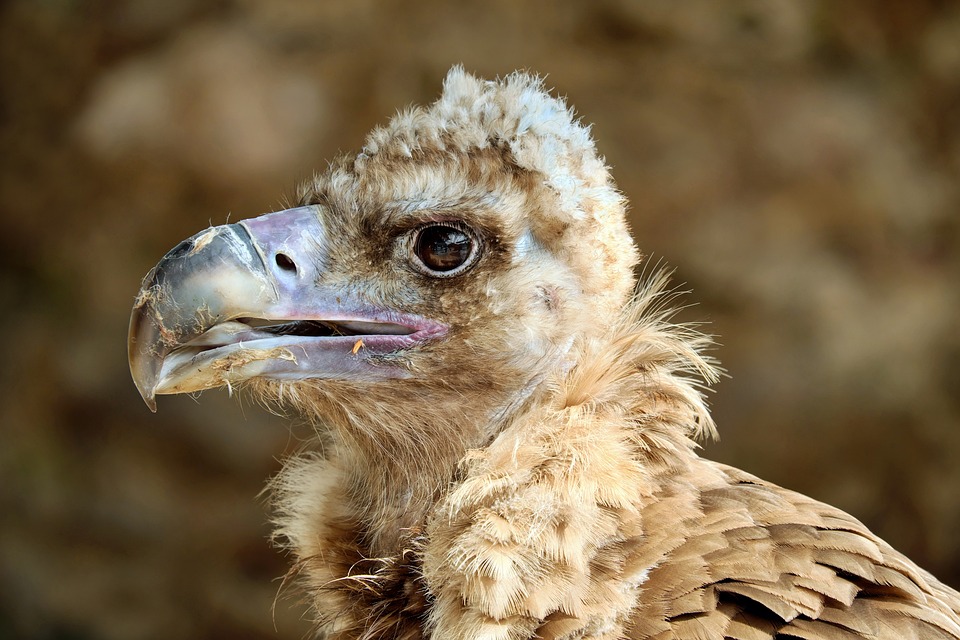Horses are not your typical travelers when it comes to attending the Olympics. They don’t book a seat on a commercial flight or hop on a train to get to their destination. Instead, these majestic animals have a unique and carefully planned journey to reach the Olympic Games. So, how exactly do horses travel to the Olympics? Let’s delve into the fascinating world of equine transportation.
First and foremost, horses are not exempt from the need for documentation. They actually receive passports at birth, detailing their health history, markings, and size. While we may wonder where they get their passport pictures taken, these documents are essential for international travel. In 2021, several horse transfer flights departed from the UK to Japan ahead of the Games. The horses were loaded into stalls at ground level and then levered up into the plane, ensuring a safe and comfortable journey.
Stalls on these flights are designed to accommodate three horses, but since these are Olympic athletes, they travel in style – with just two animals per stall. Each flight is also equipped with at least 11 grooms and vets, acting as the equine cabin crew to ensure the well-being of the horses throughout the journey. Despite the option to take a ferry from the UK to Paris, flying remains the preferred mode of transportation for these elite competitors.
Each horse has an individual weight limit for the flight, which includes not only the horse itself but also items such as water buckets, tag bags, and rugs. While it may be unclear how much space is available for souvenirs from downtown Tokyo, horses are provided with haylage (hay with higher moisture content) and water for drinking during the flight, akin to an airline meal tray.
Dehydration is a primary concern for flying horses, but they have the ability to rehydrate quickly and recover within 24 hours. Respiratory infections can also be a risk due to the extended period of time the horses must keep their heads up during the flight. However, with a temperature-controlled atmosphere, the ability to sleep standing up, and plenty of hay chewing to help with changes in pressure, a plane journey is actually quite comfortable for these four-legged travelers.
Pilots take special care during take-off and landing to ensure a smooth and gradual experience for the horses. Unlike the abrupt braking typical of passenger planes, pilots execute a longer landing to avoid sudden deceleration, providing a more comfortable journey for the equine passengers. British Eventing Team vet Liz Brown explains that horses do not experience the same jolts as human passengers during landing, making the flight a relatively stress-free experience for these elite athletes.
In conclusion, the journey of horses to the Olympics is a well-organized and carefully managed process. From receiving passports at birth to boarding specially designed flights with dedicated grooms and vets, these animals are treated with the utmost care and consideration throughout their travels. While flying may not be the conventional mode of transportation for most animals, horses adapt well to air travel and arrive at their destination ready to compete at the highest level. So, the next time you watch equestrian events at the Olympics, remember the incredible journey these horses have taken to showcase their talent on the world stage.





